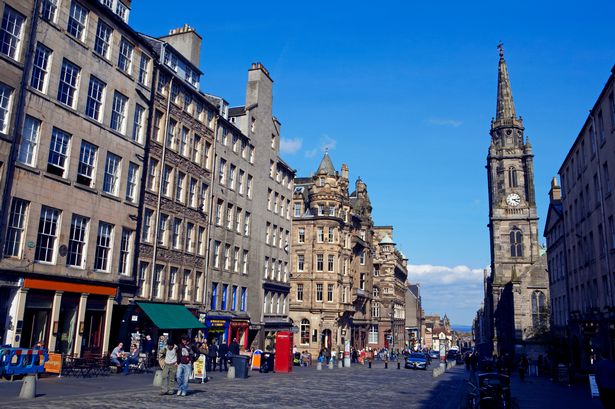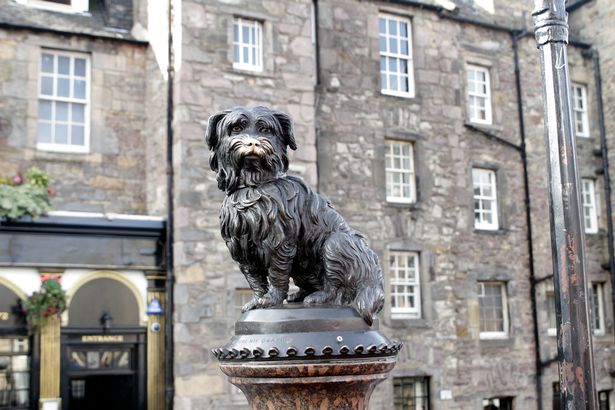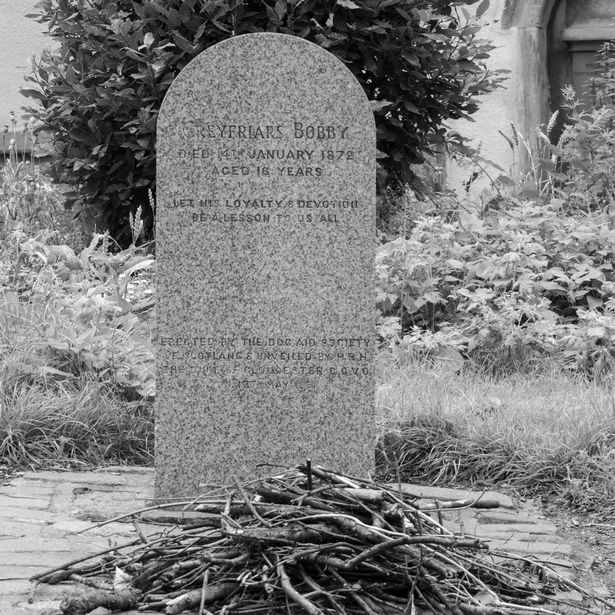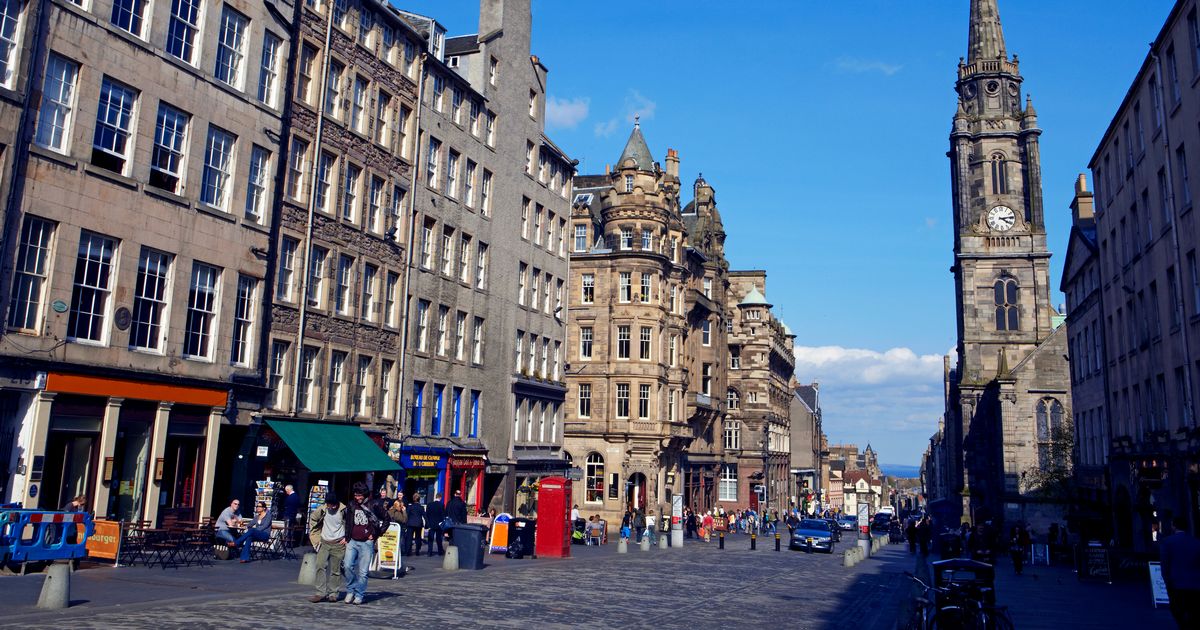The statue and its story have generated over over 4,000 monthly searches and 39,200 Instagram posts.
12:20, 13 May 2025Updated 12:21, 13 May 2025
 An iconic monument in Edinburgh has been named among the “luckiest landmarks” in Europe(Image: Getty Images)
An iconic monument in Edinburgh has been named among the “luckiest landmarks” in Europe(Image: Getty Images)
An iconic Scottish monument has been named as one of Europe’s most lucky landmarks. This recognition comes as a new study explores the centuries old human fascination with rituals aimed at boosting fortunes.
These common rituals range from tossing coins into famous waters to touching historical objects. Now, a new study has sought to quantify this phenomenon, ranking Europe’s most popular lucky landmarks based on their digital footprint.
Analysing data from Instagram, TikTok, and Google search trends, the team at SuomiCasino set out to determine which iconic sites believed to bring good luck capture the most public attention online.
The results highlight a mix of grand historical sites and more humble, yet beloved, figures. Standing proudly among them is Edinburgh’s very own Greyfriars Bobby, who ranks as the eighth most iconic lucky landmark in Europe.
Known across the world for giving good luck if you rub his nose, the statue and his story have generated 39,200 Instagram posts and are searched over 4,000 times a month.
Council officials have repeatedly urged visitors not to rub Bobby’s nose, or at least do so gently, as the luck-bringing ritual can cause degradation and damage to the statue.
 A statue of Greyfriars Bobby stands on George IV Bridge, where visitors come to rub his nose(Image: Getty Images)
A statue of Greyfriars Bobby stands on George IV Bridge, where visitors come to rub his nose(Image: Getty Images)
Topping the list as Europe’s most iconic lucky landmark is the famed Trevi Fountain in Rome, a predictable favourite for coin tossers worldwide.
It boasts an impressive 745,000 Instagram posts, 43,900 TikTok videos, and a staggering 823,000 monthly Google searches.
Coming in second place is the magnificent Hagia Sophia in Istanbul, with 636,000 Instagram posts, 42,200 TikTok videos, and an impressive 550,000 average monthly Google searches. The romantic Pont des Arts in Paris rounds out the top three most popular sites.
While these landmarks dominate the charts, the study also identified a ‘hidden gem’ among Europe’s lucky spots: the Heidelberg Bridge Monkey in Germany.
Despite its charm, it shows significantly lower digital numbers, with just 432 Instagram posts, 7 TikTok mentions, and a modest 140 average monthly Google searches, making it a treasure perhaps best known to locals and dedicated visitors.
Returning to our very own lucky landmark, Bobby was a long haired Skye terrier who belonged to John Gray, an Edinburgh policeman. Grey and Bobby were best friends until the officer passed away from tuberculosis in 1858.
 Bobby’s loyalty made him a legend in Edinburgh and when he died in 1872, he was buried near his master John Gray’s grave.(Image: Getty Images)
Bobby’s loyalty made him a legend in Edinburgh and when he died in 1872, he was buried near his master John Gray’s grave.(Image: Getty Images)
A tale of remarkable loyalty unfolded when Bobby’s master was buried in Greyfriars Kirkyard and the devoted dog decided this wouldn’t be the end of their tale.
Bobby accompanied his friend and famously lived for the following 14 years within the cemetery grounds, steadfastly remaining next to his owner’s grave. This unwavering vigil is the origin of his name, Greyfriars Bobby.
During this time, Bobby’s unwavering loyalty to his master became notorious throughout Edinburgh, drawing people to the cemetery specifically to feed him and give him water.
 Join the Daily Record WhatsApp community!
Join the Daily Record WhatsApp community!
Get the latest news sent straight to your messages by joining our WhatsApp community today.
You’ll receive daily updates on breaking news as well as the top headlines across Scotland.
No one will be able to see who is signed up and no one can send messages except the Daily Record team.
All you have to do is click here if you’re on mobile, select ‘Join Community’ and you’re in!
If you’re on a desktop, simply scan the QR code above with your phone and click ‘Join Community’.
We also treat our community members to special offers, promotions, and adverts from us and our partners. If you don’t like our community, you can check out any time you like.
To leave our community click on the name at the top of your screen and choose ‘exit group’.
If you’re curious, you can read our Privacy Notice.
He soon became a local and national legend. In 1872, Bobby died himself and was fittingly buried not far from John Gray’s grave, finally reuniting them in rest.
Since his death, Bobby has become a local hero and his story is still remembered to this day. A statue honouring Bobby was placed on the south side of George IV Bridge, a spot where locals and visitors alike continue to gather.
His grave within Greyfriars Kirkyard is also a place of pilgrimage. Bobby’s dish and collar are preserved and shown at the Museum of Edinburgh, and his touching life story has inspired numerous books and films.
